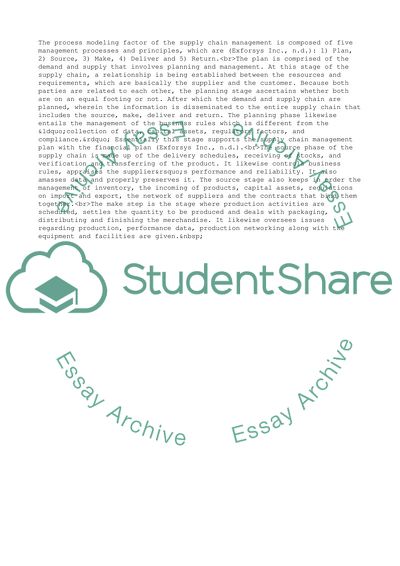Cite this document
(Procurement and Inventory Management Coursework, n.d.)
Procurement and Inventory Management Coursework. Retrieved from https://studentshare.org/management/1719811-procurement-and-inventory-management
Procurement and Inventory Management Coursework. Retrieved from https://studentshare.org/management/1719811-procurement-and-inventory-management
(Procurement and Inventory Management Coursework)
Procurement and Inventory Management Coursework. https://studentshare.org/management/1719811-procurement-and-inventory-management.
Procurement and Inventory Management Coursework. https://studentshare.org/management/1719811-procurement-and-inventory-management.
“Procurement and Inventory Management Coursework”, n.d. https://studentshare.org/management/1719811-procurement-and-inventory-management.


